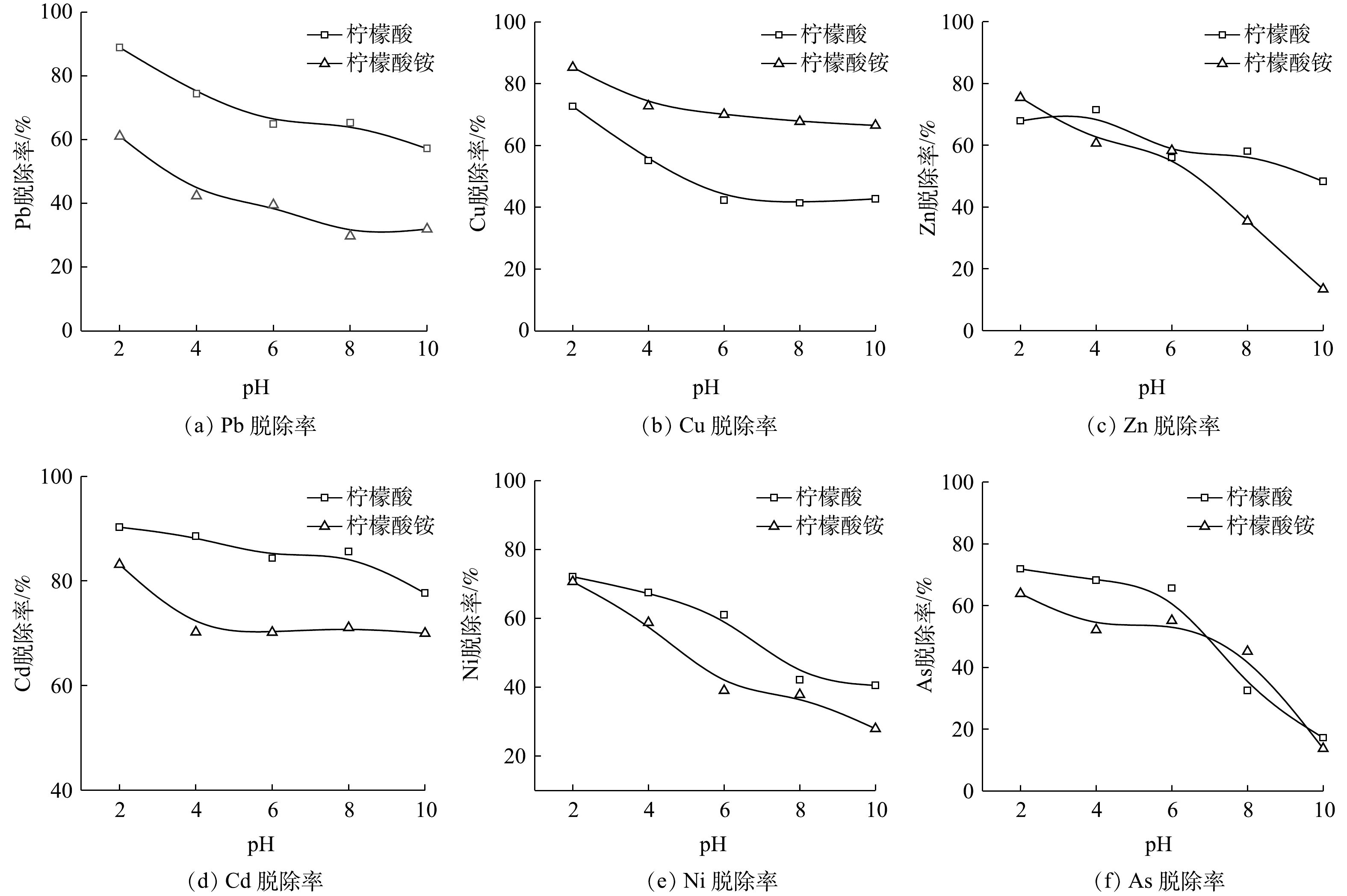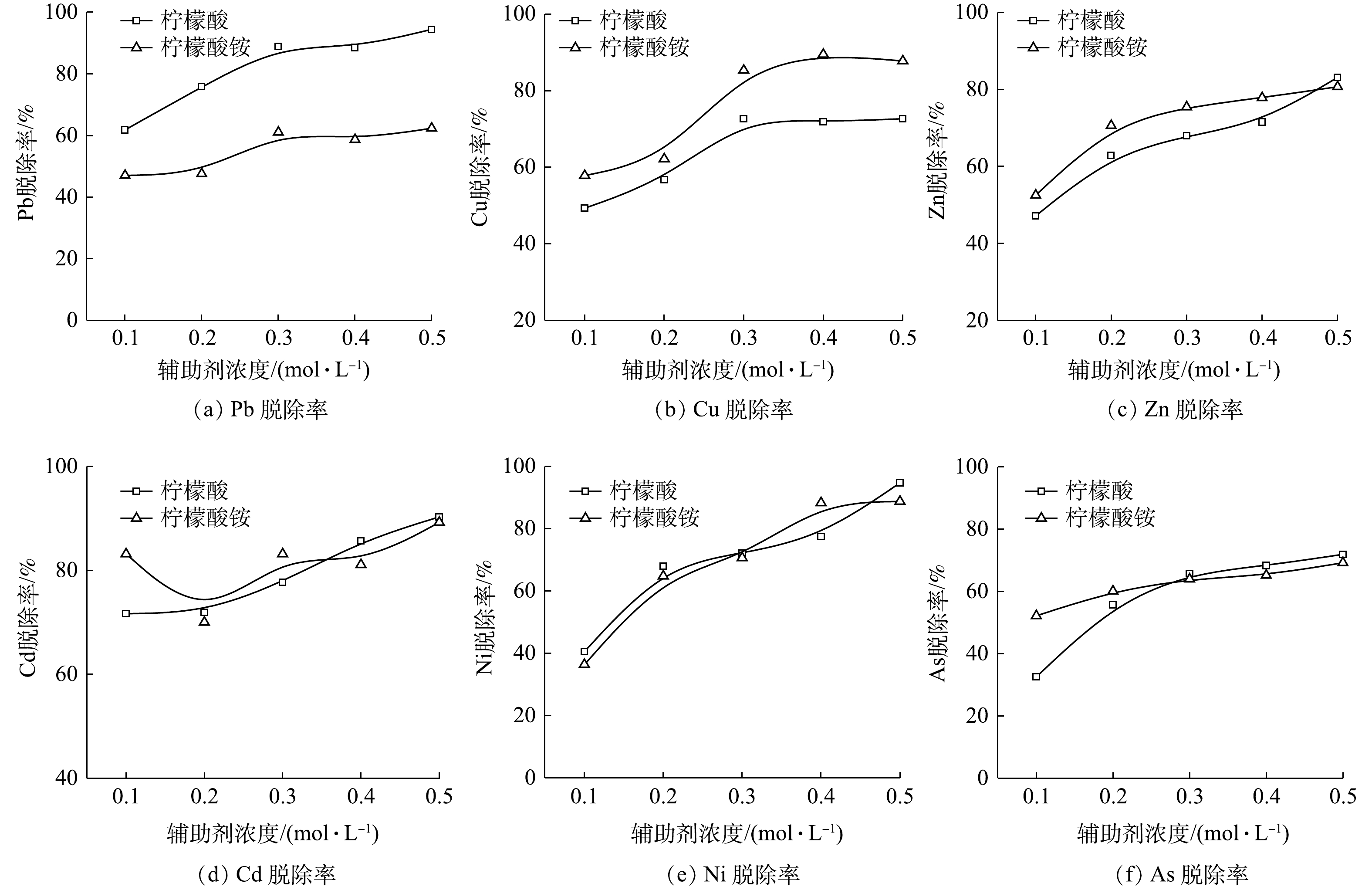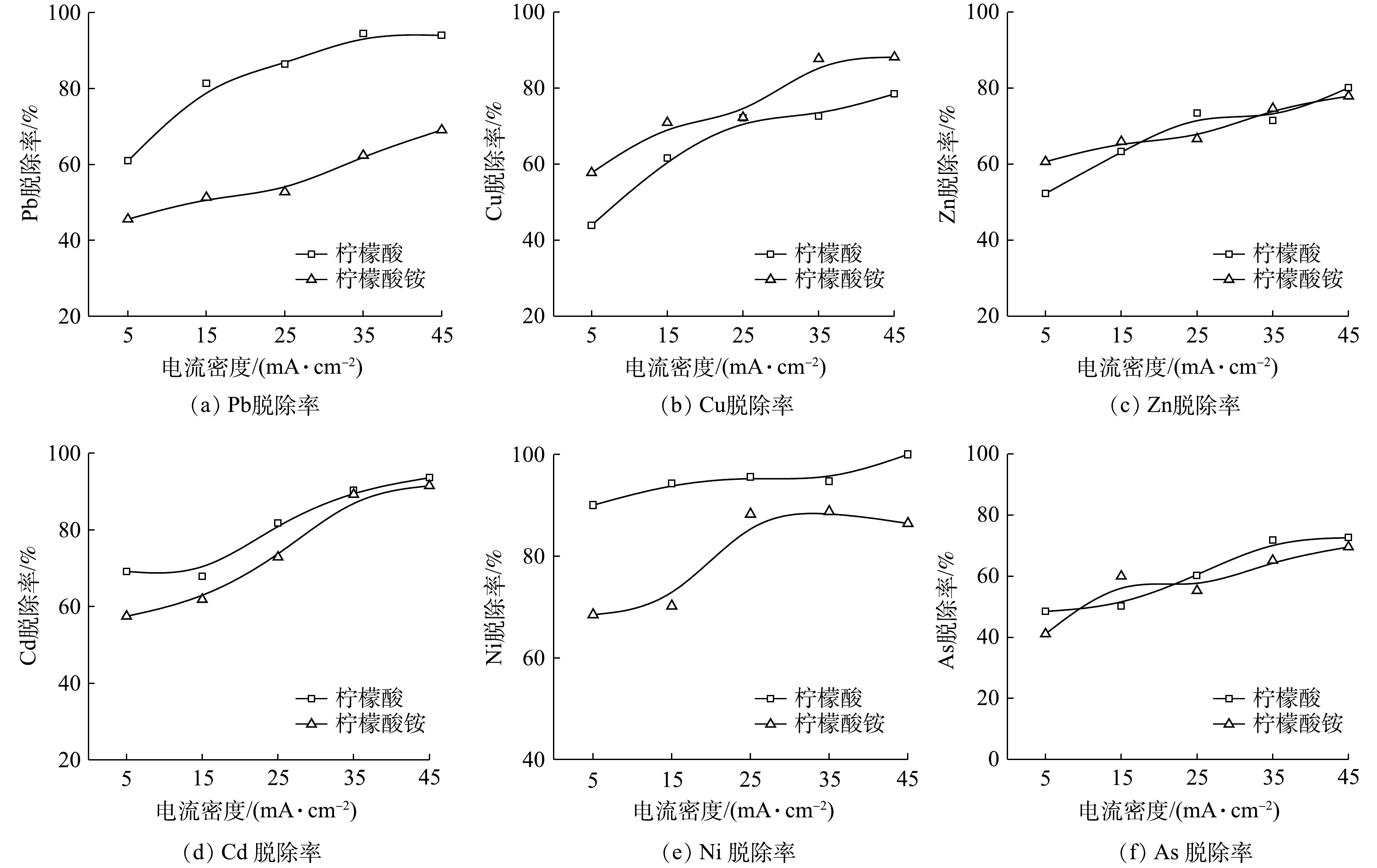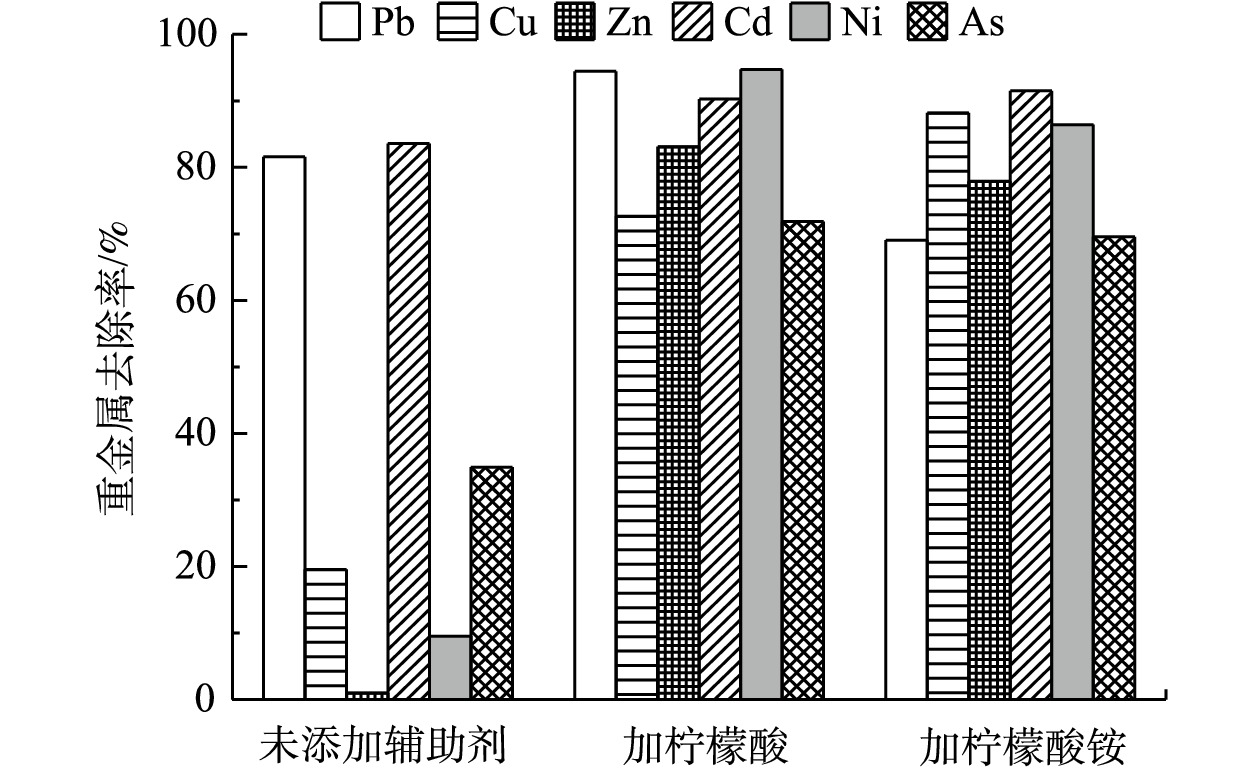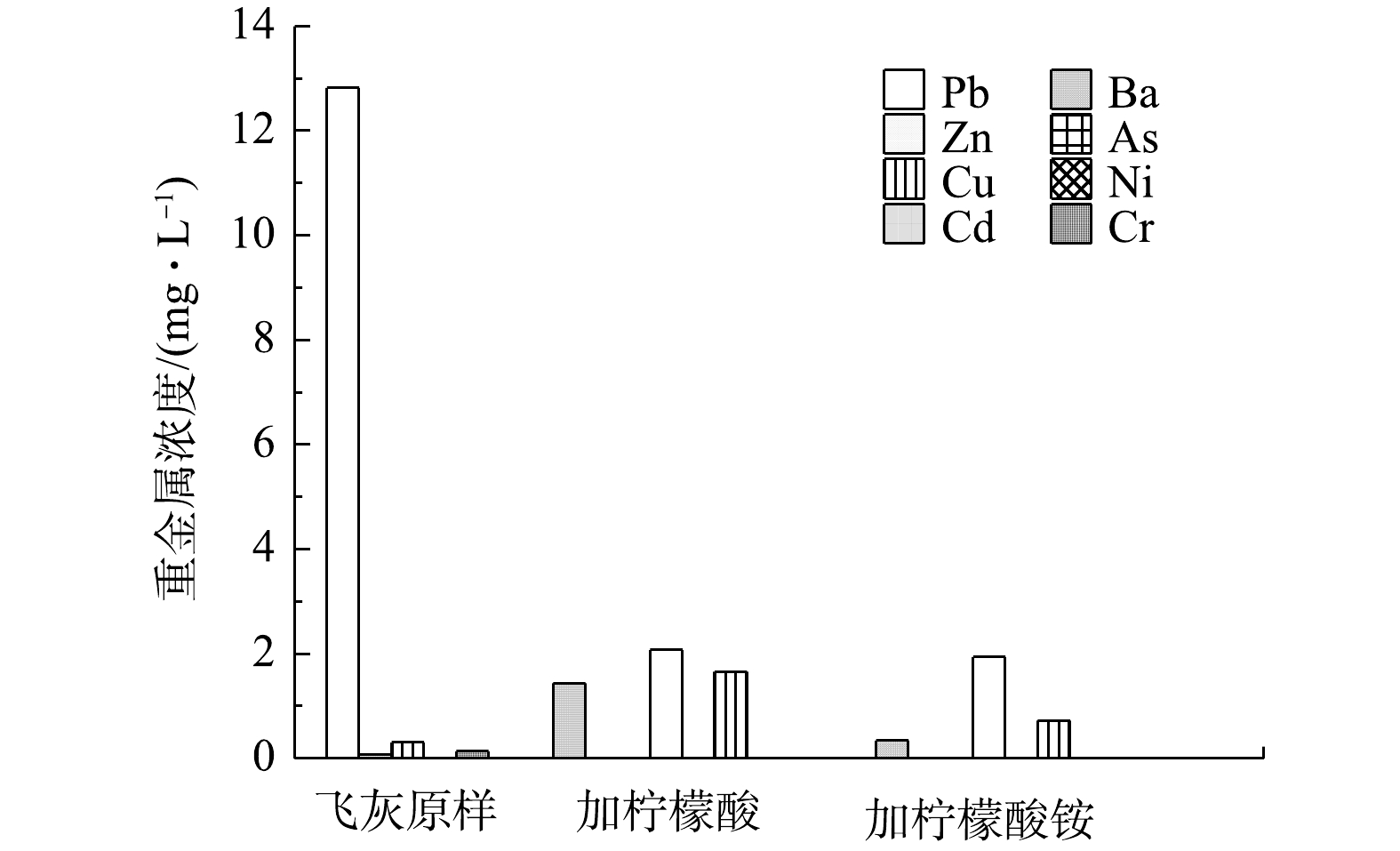Abstract
Green roof has an obvious cooling effect due to its evapotranspiration (ET). However, quantitative estimation of its ET is still a challenge, which in turn limits the research on the cooling mechanism of green roof and its wide applications. The objectives of this study, therefore, are to use the approach of infrared remote sensing+three-temperatures model to investigate the ET of green roof and its cooling effect in Shenzhen. Results showed that the daily ET decreased during four days after a rain of 40.15 mm, which were 1.95, 1.91, 1.66 and 1.55 mm·d-1, respectively. Correspondingly, daily average green roof surface temperature gradually increased, which were 21.62, 22.50,23.67 and 24.74℃, respectively. The differences of surface temperature between green roof and reference leaf also decreased gradually, which were 9.08, 8.66, 7.97 and 7.38℃, respectively. The cooling effect (1 000 m3 air column) gradually decreased, which were 1.82, 1.79, 1.17 and 1.10℃, respectively. These results indicated that ET can significantly reduce the temperature of roof and ambient air. On clear days, daytime ET rates of green roof were 0.04 to 0.54 mm·h-1 in summer and 0.03 to 0.09 mm·h-1 in winter. The temperature differences between green roof and cement roof were 9.94℃ in summer and 9.35℃ in winter. The temperature differences between green roof and marble roof were 4.54℃ in summer and 4.35℃ in winter. Green roof had a significant effect on reducing roof surface temperature. In summer, the daily surface temperature variation range were 10.3℃ (green roof), 14.80℃ (marble roof) and 20.70℃ (cement roof), which indicated that green roof can effectively reduce the volatility of roof temperature.
中国城镇化建设进程的加速导致城市生活垃圾产量迅猛增长。相关数据显示,我国城市生活垃圾由2013年的4×108 t迅速增长到2018年的4.7×108 t[1],预计城市生活垃圾年产量还将持续增长。焚烧具有预处理少、效率高、余热可循环利用的优点,是我国处理与处置城市生活垃圾的主流方法[2]。然而,焚烧过程伴随着3%~15%的飞灰产生,其中含有重金属、可溶性氯盐及持久性有机污染物等有害物质,限制了飞灰的深度处理处置[3-5]。
水泥窑炉协同处置或玻璃熔融处置是飞灰处置的主要方式,因飞灰中含有可溶性氯盐和重金属等有害组分,需要对其进行水洗去除的预处理。李小东等[6]研究表明,去离子水可以有效地洗脱垃圾焚烧飞灰中的氯,洗脱率高达93%。马保国等[7]的研究表明,在避免金属元素损失的同时,可实现洗脱剂对飞灰中氯和硫的去除。此外,有研究发现,飞灰经水洗后,氯离子含量可下降至1%以下,同时实现飞灰中重金属的稳定化[8]。然而,现有水洗技术对所有重金属脱除的普适性差,且使用药剂量大,经济成本高,易造成二次污染。电化学技术是利用各类污染物中金属电子的得失而使重金属去除的一种方法,其在土壤修复过程中重金属[9-10]和有机物[11-12]的去除有较好的效果。另外,大宗固体废物污染控制与循环利用领域也将电化学技术应用于重金属的去除,例如,锰渣、剩余污泥、转炉钒渣和铜尾矿渣[13-16]等。在前期研究中发现,水洗过程中加入适宜辅助试剂能提高重金属的去除效率,如樊萌[17]研究发现,以柠檬酸为辅助剂时,飞灰表面的重金属离子与溶液中的氢离子相互竞争改变了颗粒的电荷,从而促进了重金属的脱除。然而,很少有研究通过辅助剂结合电场的预处理方式去除飞灰中的重金属。
本研究以柠檬酸和柠檬酸铵作为辅助试剂,讨论其在不同初始pH、辅助剂浓度和电流强度下对飞灰重金属去除率的影响,对比分析两者电场强化水洗的优劣,讨论分析两个体系洗脱后飞灰重金属的浸出毒性,以期对城市生活垃圾焚烧飞灰的预处理提供参考。
1. 材料与方法
1.1 实验原料
垃圾焚烧飞灰样品取自北京某垃圾焚烧发电厂,呈浅灰色,粒径小,质地均匀,主要物相为CaSO4、CaCO3等。化学成分分析结果表明,CaO、Cl、SiO2、SO3、Na2O和K2O总共占飞灰总量的87.01 %,分别为39.18%、18.38%、10.02%、8.97%、5.99%和4.47%。此飞灰中也含有Pb、Cu、Zn、Cd、Cr、Ni、As和Ba等重金属,Zn含量最高,达到3 610.76 mg·kg−1,其次为Pb和Ba,含量分别为1 143.64和1 047.00 mg·kg−1;Cu、Cd、Cr、Ni和As浓度分别为546.12、132.48、125.82、19.35和132.48 mg·kg−1。
1.2 实验装置
电场强化装置实验如图1所示,主要由烧杯、石墨极板(阴、阳极)、磁力搅拌器(HJ-6A,常州荣华仪器制造有限公司)和直流电源(KRT-3005,深圳市金壤电子科技有限公司)4部分组成。
1.3 实验方法
首先称取一定质量的垃圾焚烧飞灰于反应装置中,按设定的固液比加入配制好的柠檬酸与柠檬酸铵溶液中。然后启动电场强化脱除反应装置,同时进行磁力搅拌。洗脱后,真空抽滤分离飞灰残渣和洗脱液。分离后的滤液在4 ℃温度下保存,分离后固相组分在65 ℃下烘干至恒重。固相组分消解参考《土壤环境监测技术规范》(HJ/T 166-2004)[18]。
初始pH影响实验在柠檬酸与柠檬酸铵浓度为0.3 mol·L−1,电流强度为35 mA·cm−2,初始pH为2、4、6、8、10的条件下进行。在辅助剂浓度影响实验中,选择初始pH为2,电流强度为35 mA·cm−2,辅助剂浓度为0.1、0.2、0.3、0.4、0.5 mol·L−1。在电流强度影响实验中,选择初始pH为2,辅助剂浓度为0.5 mol·L−1,电流强度为0、15、25、35、45 mA·cm−2下进行。水洗时间均为4 h。
参考《固体废物浸出毒性浸出方法—硫酸硝酸法》(HJ/T 299-2007)[19],分析最佳条件下柠檬酸和柠檬酸铵电场强化水洗飞灰的重金属浸出毒性。垃圾焚烧飞灰中重金属去除率计算方法如式(1)所示。
式中:η为重金属去除率;Morigin为原样干基质量,kg;Mresidue为电场处理后干基质量,kg;forigin为原样重金属含量,mg·kg−1;fresidue为电场处理后重金属含量,mg·kg−1。
1.4 分析方法
采用电感耦合等离子体发射光谱仪(ICP8300,美国珀金埃尔默仪器有限公司)测定溶液中金属离子浓度。
2. 结果与讨论
2.1 初始pH对柠檬酸与柠檬酸铵辅助电场强化水洗去除飞灰中重金属的影响
图2为初始pH对飞灰中主要重金属去除效果的影响。酸性条件最利于飞灰中重金属的浸出,当pH为2时,6种金属的去除率均达到最大;且柠檬酸作辅助剂时,重金属的去除率总体高于以柠檬酸铵作辅助剂时的去除率。对于2种辅助剂,Pb和Cu的去除率首先随着pH的增加而降低,在pH为4~10的条件内,去除率变化不明显;在pH大于6的条件下,Zn、Ni及As的去除率(除Zn用柠檬酸处理)突然下降。利用柠檬酸作辅助剂,当pH从2增加到10,在以柠檬酸为辅助剂的体系中,Cd的去除率从90.29%减至77.67%;以柠檬酸铵作辅助剂的体系中,Cd去除率从83.15%下降到70.00%。酸性较强时,活泼金属离子容易被酸浸出进出溶液,浸出率较高;而当浸出体系为碱性时,易形成金属的氢氧化物沉淀物,去除率降低。
2.2 柠檬酸与柠檬酸铵浓度对其辅助电场强化水洗去除飞灰中重金属的影响
图3为不同辅助剂浓度对飞灰中重金属去除率的影响。由图3所示,随着辅助剂浓度的增加,飞灰中重金属的去除率随之增加。2种辅助剂对Zn、Cd、Ni和As去除率的影响趋势类似,而辅助剂柠檬酸对Pb的强化去除效果总体上要优于柠檬酸铵,如柠檬酸浓度为0.5 mol·L−1时的去除率为94.44%,大于相同浓度下的柠檬酸铵(62.37%)。对于金属Cu,柠檬酸铵浓度为0.4 mol·L−1时去除率为89.48%,高于以柠檬酸为辅助剂时的最高去除率(72.68%)。这是因为,辅助剂使飞灰重金属的活性增强,从而提高了重金属的去除效率[20]。
2.3 电流强度对柠檬酸与柠檬酸铵辅助电场强化水洗去除飞灰中重金属的影响
电流强度对飞灰中重金属去除的影响如图4所示。由图4可见,金属的去除率总体上随着电流强度的增大而增加,且以柠檬酸为辅助剂的去除率总体高于以柠檬酸铵为辅助剂时的去除率。飞灰中Pb和Cu的去除率随着电流强度的增大显著增加;Zn和As增幅率低于Pb和Cu;Cd和Ni去除率处于较高水平且略有增加。例如,以柠檬酸和柠檬酸铵作辅助剂时,当电流密度从5 mA·cm−2增加到45 mA·cm−2,铅的去除率分别从60.92%和45.58%增加到94.00%和69.07%;以柠檬酸为辅助剂时,当电流密度高于35 mA·cm−2,去除率的增加趋于平缓。电场的加入改变了飞灰的荷电特性,使飞灰表面电荷分布发生改变,强化了溶液中电子转移,飞灰中重金属转移到溶液中并转化为可溶态或离子态,从而提高了重金属去除率[21]。
2.4 对比分析
在最佳预处理条件(pH固定为2,柠檬酸浓度为0.5 mol·L−1、电流密度为35 mA·cm−2或者柠檬酸铵浓度为0.4 mol·L−1、电流密度为45 mA·cm−2)下,不同辅助条件预处理对飞灰中重金属的去除率如图5所示。由图5可知,柠檬酸体系对Pb、Ni、Cd有较好的脱除能力,高于90%,分别为94.44%、94.73%和90.29%;对Zn、Cu和As也有很好的去除效果,高于70%,分别为83.12%,72.68%和71.86%。柠檬酸铵体系对重金属的去除能力也较好,但总体上低于柠檬酸体系,基本都在70%以上。未添加辅助剂时,除Pb外,其他金属去除率普遍低于添加辅助剂的情况。两者均低于EDTA辅助的电场强化水洗[22],但明显优于仅使用EDTA水洗[17]。
对预处理后的飞灰进行毒性浸出实验(图6),结果表明,飞灰原样中Pb的浸出浓度超过《危险废物鉴别标准-浸出毒性鉴别》(GB 5085.3-2007)[23]中5 mg·L−1的阈值,柠檬酸和柠檬酸铵辅助电化学强化水洗后的飞灰,Pb的毒性浸出浓度从12.82 mg·L−1下降至2.07 mg·L−1及1.94 mg·L−1。飞灰中Zn、Cu和Ba毒性浸出浓度分别为0.07、0.30和1.44 mg·L−1,明显低于其标准阈值(100 mg·L−1)[23]。柠檬酸和柠檬酸铵辅助电化学强化水洗后的飞灰,Cu的浸出浓度有所增加,柠檬酸电化学强化水洗后为1.66 mg·L−1,柠檬酸铵电化学强化水洗后为0.72 mg·L−1;Ba在柠檬酸和柠檬酸铵辅助电化学强化水洗后的浸出浓度分别为0.34 mg·L−1和未检出,而Zn在两个体系中都未检出。其他4种重金属,Cd、Cr、Ni和As,经柠檬酸和柠檬酸体系处理后,都未检测到其浸出。以上结果表明,预处理后的飞灰中重金属风险很低。
3. 结论
1)柠檬酸和柠檬酸铵的加入,提升了电场强化水洗时飞灰中重金属的去除效率,其去除率随着初始pH的减少、辅助剂浓度的增加和电场密度的增加而增大。
2)在最佳水洗条件下,以柠檬酸作为辅助剂时,飞灰中铅和镉和镍的去除率可达到90%以上,铜、锌和砷的去除率可达到70%以上;辅助剂为柠檬酸铵时,镉的去除率高于90%,铜和镍的去除率高于80%,铅、锌和砷的去除均高于60%。
3)柠檬酸及柠檬酸铵电场强化水洗飞灰后,飞灰中所含重金属毒性浸出浓度均低于国家标准。
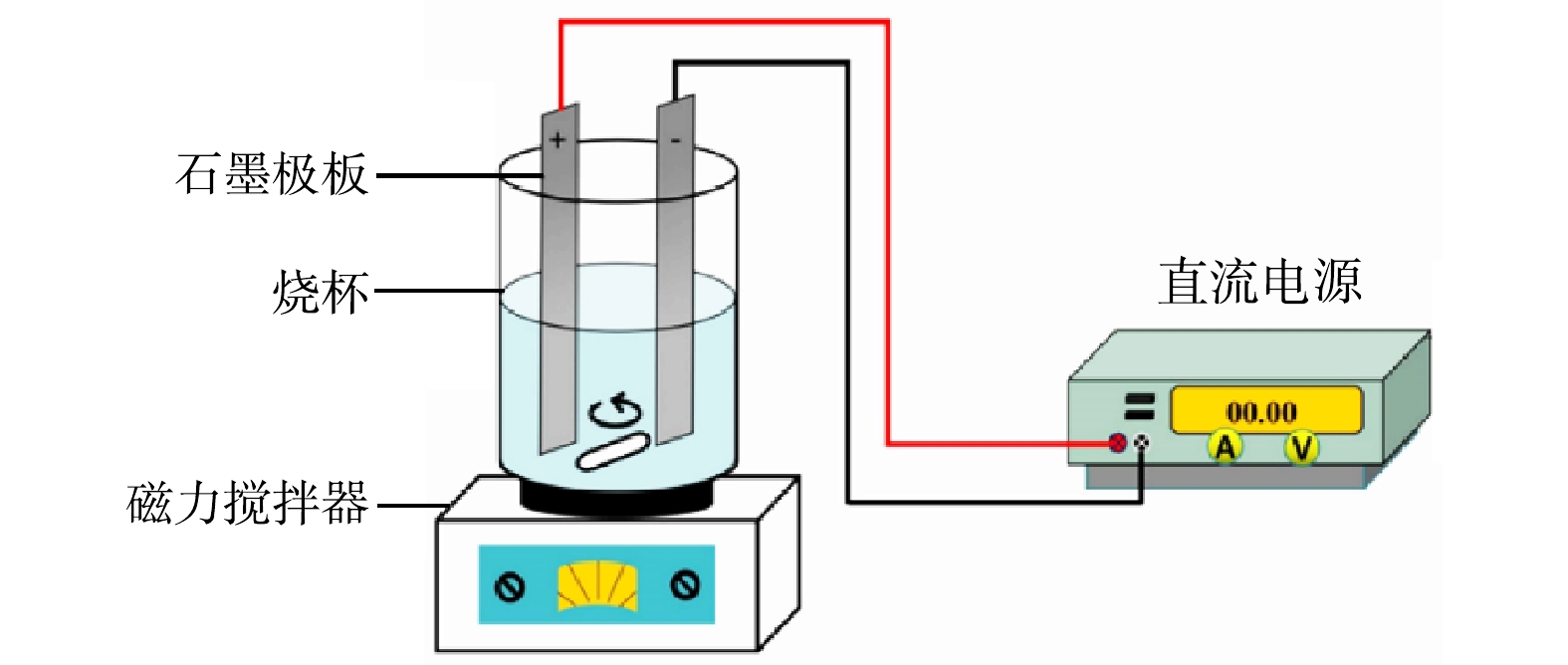




 下载:
下载:
